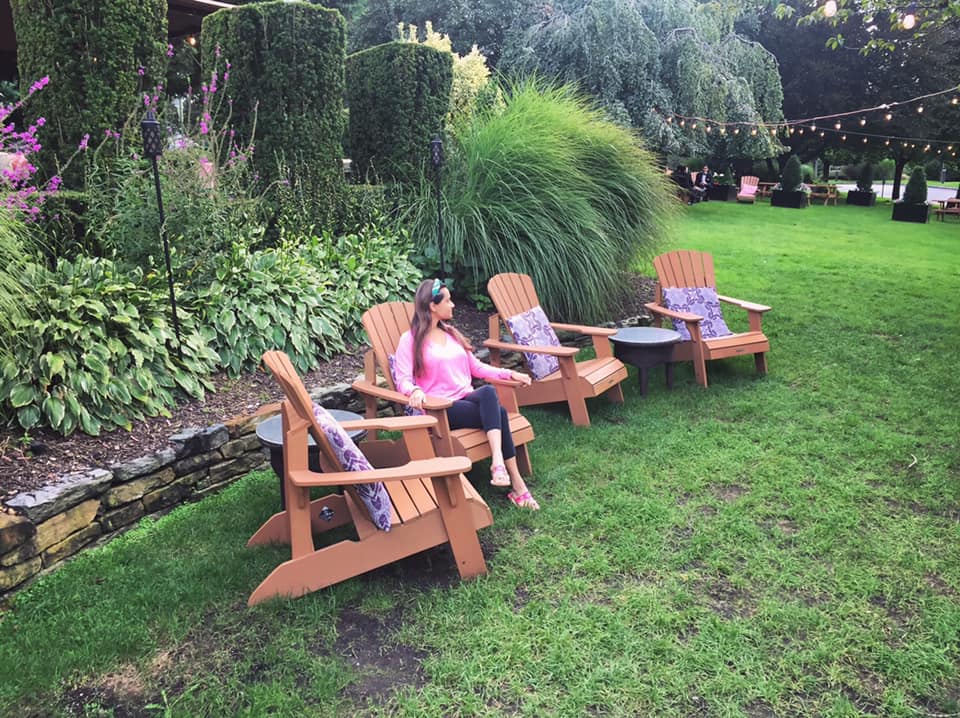The Practice of Chair Yoga

By: Nandini Trivedi
Chair yoga is a gentle form of practice that can be done sitting in a chair, or standing using a chair for support. The poses, or asanas are typically modified to be accessible to people who cannot stand, lack the mobility to move easily from standing to seated to supine positions, or want a quick break from office work.
The practice of Chair Yoga is very adaptable to people of different needs. Whether you are immobile, or have a physical injury or mental illness such as Dementia or Alzheimer’s, this form of yoga is suitable for everyone.
Classes usually run for around 45 minutes and can start with a grounding practice such as breathing to help center the students. I like to use “belly breathing,” where students place their hands on their navel and start to feel the belly moving up and down with each inhale and exhale out. This helps to bring the yogi’s awareness into the body and out of the mind.
After we find our breath, we engage in gentle movement and stretches to warm up our muscles and joints for sun salutations. We warm up the eyes with eye exercises and engage the mind through coordination. Then moving onto shoulders, head and neck, arms and legs.
Sun salutations warm up the entire body by creating heat in the system. They involve a series of lunges, planks and downward dogs. They are modified by using the chair as a prop to stand behind to get our bodies into the postures. After our warm up, we move into warrior poses which are done in a traditional vinyasa sequence. Finally moving onto cooling down where the students will stretch their hamstrings and legs while engaging in a series of twists connecting to their breath again. We end class with Savasana, or final relaxation pose where soft music can be played and students recline into their chairs and connect back to the feeling of being in their body, physical grounding.
Chair Yoga is very beneficial as it can help students to maintain their current level of health and in some cases counteract some of the negative effects of aging. As we age, we have reduction of spinal flexibility, breathing muscles weaken, there can be vision and possible loss of cognitive abilities, reduced sense of balance, stiff joints and bone loss. This practice helps to slow down the process of many of these effects through engaging the mind, body and spirit. When we breathe better, we move better. This is the essence of yoga, breathe in and breathe out. Regulation of breath benefits everyone.
